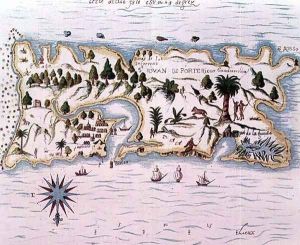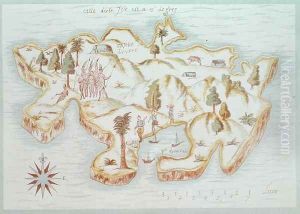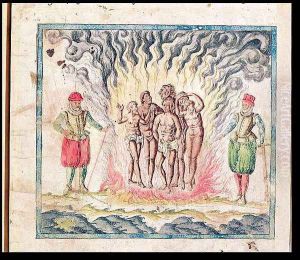Samuel de Champlain Paintings
Samuel de Champlain, born circa 1567 in Brouage, in the province of Saintonge, France, was not primarily known as an artist but as an explorer, navigator, cartographer, soldier, geographer, ethnologist, diplomat, and chronicler. He is often called the 'Father of New France' for his role in founding Quebec City and New France, which would later become Canada.
Champlain began his career in exploration in 1603, when he made his first voyage to the New World under François Gravé Du Pont. From 1604 to 1607, he participated in the exploration and attempted settlement of the first French colony at Acadia. He documented these explorations in his journals, which included detailed maps and sketches representing the first accurate European records of the North American interior.
In 1608, Champlain founded Quebec City, which became the capital of New France. He served as its de facto governor for the rest of his life. He continued to explore the region, establishing alliances with indigenous tribes such as the Huron and Algonquin, which were essential for the survival and growth of the colony. His relationships with Indigenous peoples were generally more cooperative than those of his Spanish and English contemporaries, and he is credited with a relatively humane approach for the era.
During his numerous voyages, Champlain was also responsible for mapping the Atlantic coast and the Great Lakes. His maps were remarkably accurate for the time and were used by explorers and navigators for many years. Furthermore, his detailed accounts of his travels provided a rich source of information about the geography, flora, fauna, and the peoples of North America in the early 17th century.
Champlain died on December 25, 1635, in Quebec City. Though his death marked the end of his explorations, his legacy lived on in the maps, writings, and the flourishing French colony he helped establish. While not an artist in the traditional sense, Champlain's drawings and maps can be considered works of art that provide historical insight into the period of early European exploration in North America.


